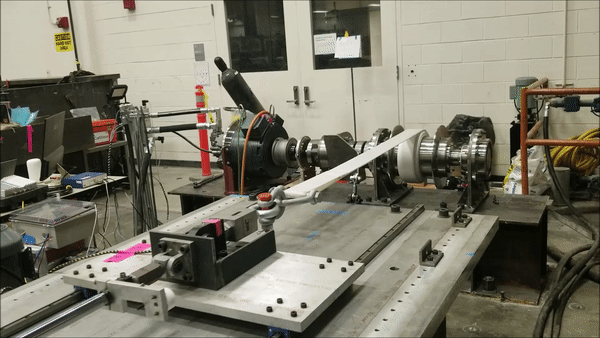The World Ocean Summit took place in March of 2021. And this year marks the beginning of the United Nations’ Decade of Ocean Science for Sustainable Development, which is bringing together scientists, policy-makers, and businesses to create a framework to ensure that ocean science can support and guide how we consume, leverage, and manage ocean resources for many more decades to come.
CalWave was featured in an article published by activate.org with the title (click below to open the article):
Sea Change: Activate Fellows and the Blue Economy
Extraction from the article featuring CalWave:
“Ocean-based renewable energy
Renewable energy generation—offshore floating and fixed wind power, as well as tidal and wave energy—represents the biggest lever for ocean-based global emissions reduction, according to the Ocean Panel report. And a recent report by the U.S. Department of Energy’s National Renewable Energy Laboratory shows that the total marine energy resource (wave, tidal, ocean current, ocean thermal, river) in the United States is equivalent to approximately 57 percent of 2019 U.S. generation. Wave energy represents 34 percent of that share. Yet, while interest and investment in wave energy were high during the first wave of cleantech development in the aughts and early 2010s, the industry is maturing slowly.
Marcus Lehmann, Cohort 2015 fellow and co-founder of CalWave Power Technologies Inc. (CalWave), attributes that slower development curve to the high costs and complexity of testing commercial projects offshore at scales that match the wave resource. By comparison, wind and solar can be tested in indoor labs and wind test sites. “Going too big, too fast, is one reason the earlier wave energy startups failed,” he says.

Testing CalWave’s WEC in the lab
Scaling wave energy into a consistent, reliable form of renewable energy would require time and thorough, incremental testing—and a strong field of innovators.
The Department of Energy recognized that and announced the U.S. Wave Energy Prize in 2015 to identify promising technologies. CalWave’s team won $500,000 in that competition. It was then among the teams that the DOE’s Water Power Technologies Office (WPTO) selected for a shared $12 million award in 2017 to advance wave technology further. CalWave is using that award to launch a six-month open-water pilot this year to test a scaled version of its wave energy converter (WEC), as highlighted in a recent WPTO report.
Lehmann compares today’s wave energy industry to wind energy in the 1990s when large turbines were very new to the American landscape, and the first commercial demonstration projects were just being built. One of the key breakthroughs for wind energy was pitch and yaw control systems, which ensure efficient operations and the ability to quickly shut down in storm conditions. Likewise, CalWave’s design combines novel control methods similar to how pitch control is applied to wind turbines. While most wave energy systems only control the electrical generator, CalWave’s design incorporates autonomous load management capabilities to control the energy input into the WEC directly. CalWave also uses a digital twin application, which creates a virtual model of the physical devices to allow for a capital-efficient system design. This is critical to becoming cost-competitive with other, mature renewable energy.

CalWave’s pilot site, ready for testing, with anchors installed
CalWave’s pilot will take place in the waters off Scripps Institution of Oceanography in San Diego.
“This is a really important step for us to validate our WEC’s performance and reliability in the field and to gain operational experience,” says Lehmann.
The collected data and experience will inform the design of CalWave’s next-generation WEC, which it is developing with support from a 2019 DOE award. CalWave plans to connect that next-gen WEC to the grid at a new wave energy test site, PacWave. Located on the Oregon coast, the facility will produce up to 20 MW of electricity.”